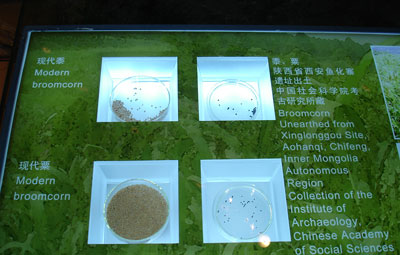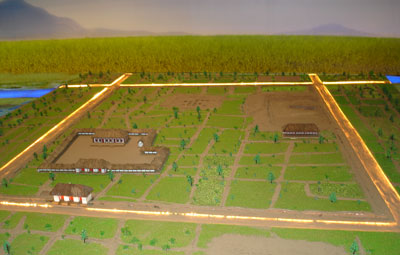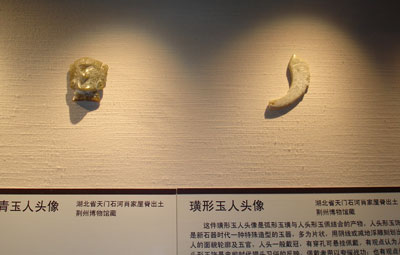The exhibition "Early China: the Formative Period of Chinese Civilization" will run from September 26 to October 30 at the Capital Museum in Beijing. It is the first time the origin of Chinese civilization will be shown to the public.
|

|
|
Corn seed of early China. [China.org.cn]
|
The 212 pieces of cultural relics on display are selected from 13 provinces, autonomous regions and municipalities. Showing the early development of China, they date from 3500 BC to 1400 BC. Included in the exhibition is the project "Discovering the Origin of Chinese Civilization," which started in 2001 and is sponsored by the Ministry of Finance and State Administration of Cultural Heritage. The project is the first time that humanistic and scientific scholars have worked together.
The exhibition is divided into three parts. "Homestead" shows the natural environment and agriculture of the Neolithic Age in China. "Road to Chiefdom" covers the period of 3500 BC to 2000 BC. Among the developing chiefdoms in different parts of China, Central Plain took the lead. Smaller chiefdoms then began working together, forming the beginnings of state rule.
 |
|
"Er Li Tou" cultural relic site. [China.org.cn]
|
"The Rising of Kingdom" reflects how the big chiefdoms dominated central China and became hereditary kingdoms, keeping power within family lineages. The concept of "China" (meaning the central country) came into being at this time. The discovery of "Er Li Tou" cultural relics presents the earliest core culture on the Asian and European continents, providing evidence that this is when cultural exchange began in China.
|

|
|
Jade Dragon – the earliest Chinese dragon image [China.org.cn]
|
Talking about the meaning of the exhibition, Deputy Director of the State Administration of Cultural Heritage Zhang Bai said, "The pursuit of the origin of civilization has never stopped. Among numerous recent exhibitions about China, this one will inspire people to think about the relationship between today’s achievements and Chinese culture and history."
Multimedia and computer science enable visitors to touch and feel the cultural relics more vividly.